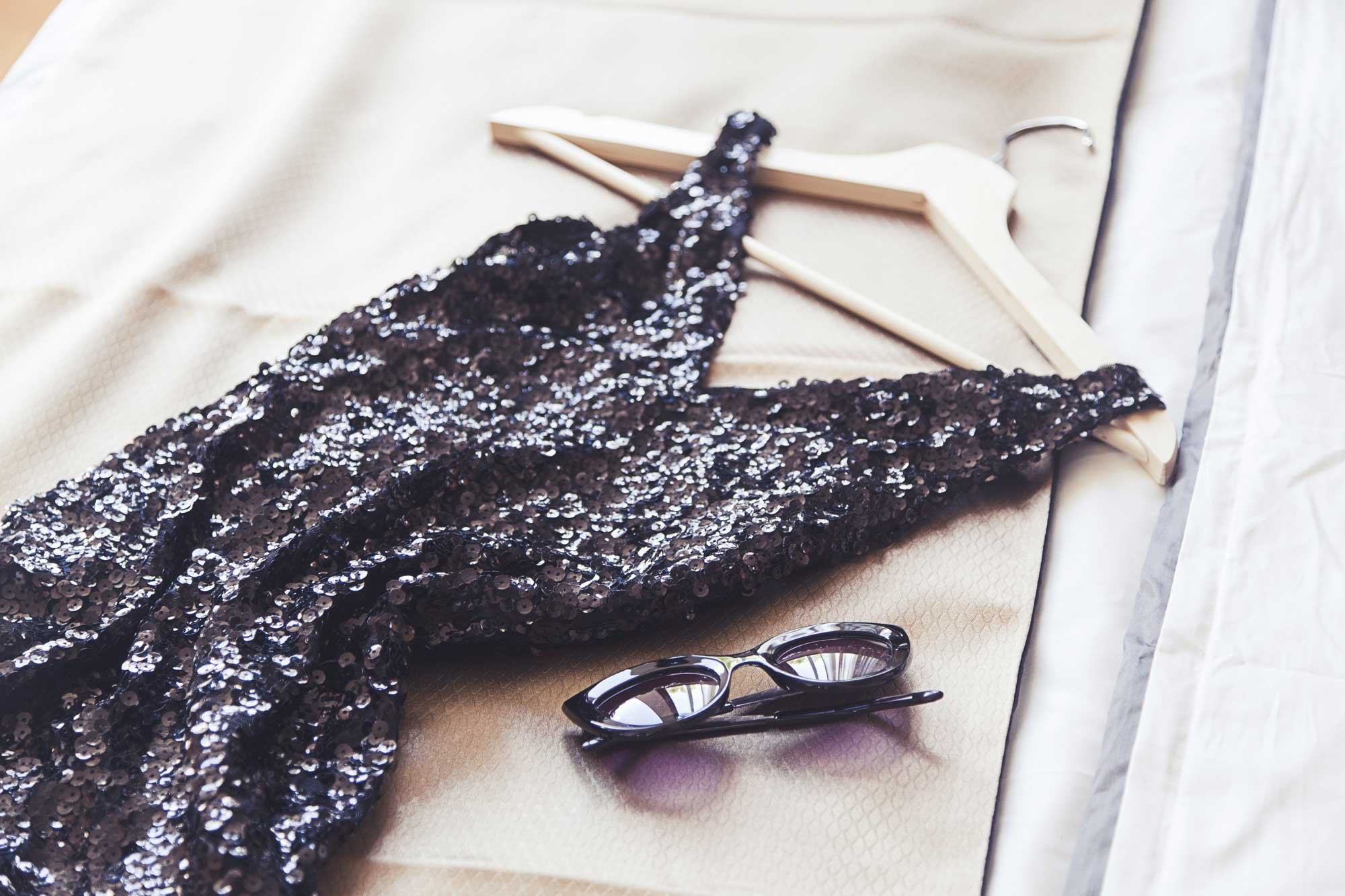Fact and Fiction
Common questions and myths about dry cleaning

Our business depends upon keeping your clothing looking its best. Yet misinformation continually creeps into media reports. Here are the facts regarding the most frequent areas of misinformation.
Spots and stains allowed to remain without treatment will gradually oxidize, set, and become permanent. We are trained and equipped to deal with stains, and if anyone can safely remove them, we can.
Don’t iron stained or soiled clothes trying to get just one more wearing out of them. Ironing dirty clothes will set stains and drive soil deeper into the fabric. Not good.
Never put a garment away with a stain on it. Stains containing sugar and even small amounts of any food are a tasty treat for insects, leading to holes from eaten fibers. Also, putting clothes away without cleaning them almost guarantees some discoloration or oxidation of stains.
Drycleaning will remove perspiration and body oil. That’s a good thing because these two elements contribute to stains and fabric degradation – and will eventually produce a lingering odor if left untreated.
In more than 100 years of textile research and testing, the Drycleaning & Laundry Institute has never seen any indication of the various drycleaning processes wearing out fabrics during a useful lifespan. Failure to have a garment professionally cleaned on a regular basis can result in an unusable or ruined garment with stains, holes, odors, or fabric distortion.
Prices are based on our costs of doing business without regard to gender, race, color, religion, marital status, age, national origin, or sexual orientation, of the person who owns or wears the garment.
We strive to charge the same for all garments of a similar type. However, customer care associates are instructed to check carefully for any detail that may require specific handling requirements and to charge for that item accordingly.
Short answer, no.
Whether it’s a new garment or a treasured, well-worn garment, everyone hates it when they spill something on their clothing. We understand, and will always use our best efforts to make that accident go away. Sometimes it’s pretty easy – sometimes not. Either way, we have the professional expertise to do the job. Successful stain removal depends mainly on the nature of the stain, the type of fabric, and the colorfastness of the dye. Some fabrics and dyes will not withstand the use of cleaning or stain removal agents. Some stains, like ink and dried paint, for example, can be impossible to remove.
No. Most manufacturers never test garments before the required care label is attached.
Understanding and following care label instructions is almost an art – requiring a combination of knowledge of care symbols, instructions, and practical experience.
The Federal Trade Commission’s (FTC) Care Label Rule does not require testing before care instructions are assigned to a garment – only that a manufacturer has a ‘reasonable basis’ for their care instructions. Further, they are not required to provide instruction for the best care procedure – simply one that works. Sometimes it’s right and sometimes it’s wrong. We always attempt to alert our customer to a potential problem beforehand.
If the material has not been properly preshrunk or some other element of construction has not been properly stabilized, any garment can shrink.
When it begins, shrinkage usually becomes progressively noticeable. Typically, manufacturers consider a two to three percent shrinkage factor acceptable. But when shrinkage or some other element of construction exceeds this factor, the result is shrinkage around the chest, sleeves, and neck. This is a problem associated with manufacturing and is beyond our control.
